
Science News
Month in Space: January 2014
From a launch out of the weeds to a special delivery in orbit, see the best space offerings from January 2014.
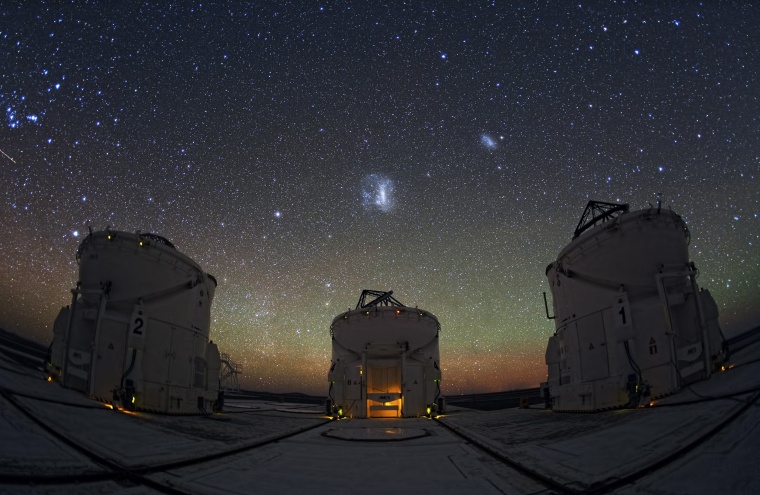
Southern stargazing
Stars, galaxies and nebulas dot the skies over the European Southern Observatory's La Silla Paranal Observatory in Chile, in a picture released on Jan. 7. This image also shows three of the four movable units that feed light into the Very Large Telescope Interferometer, the world's most advanced optical instrument. Combining to form one larger telescope, they are greater than the sum of their parts: They reveal details that would otherwise be visible only through a telescope as large as the distance between them.
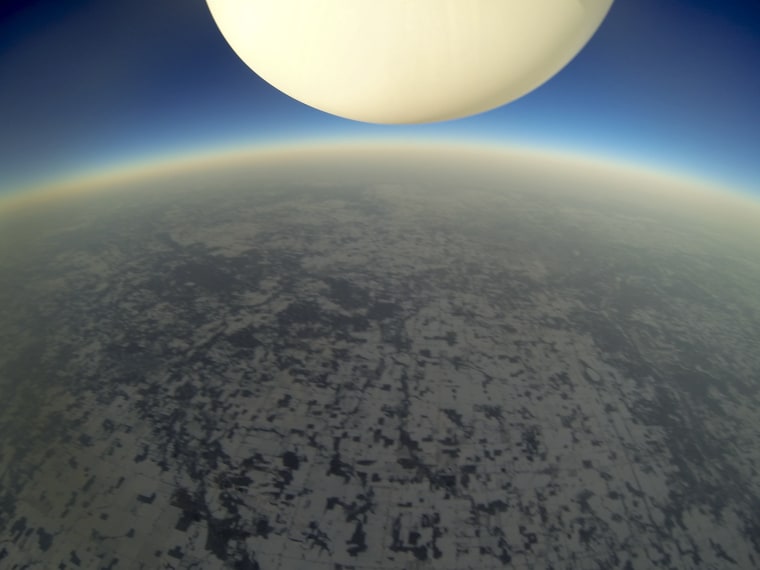
A balloon's view
Cameras captured the Grandville High School RoboDawgs' balloon floating through Earth's upper atmosphere during its ascent on Dec. 28, 2013. The Grandville RoboDawgs’ first winter balloon launch reached an estimated altitude of 130,000 feet, or about 25 miles, according to coaches Mike Evele and Doug Hepfer. It skyrocketed past the team’s previous 100,000-feet record set in June. The RoboDawgs started with just one robotics team in 1998, but they've grown to support more than 30 teams at public schools in Grandville, Mich.
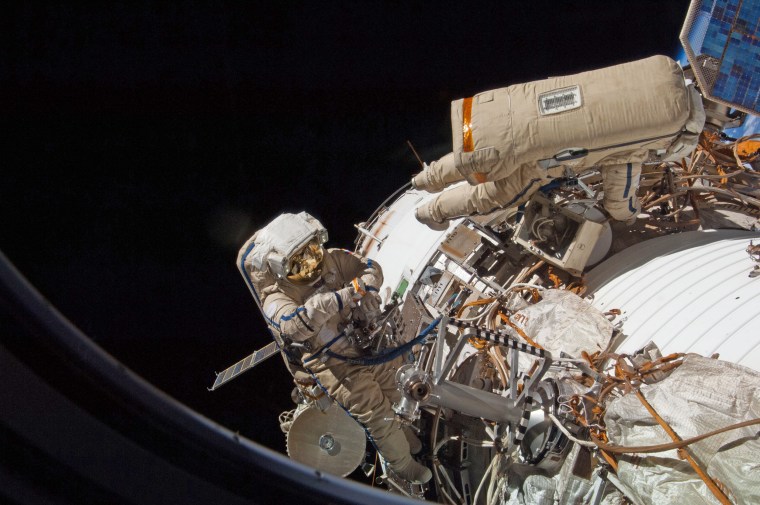
Spacemen at work
Russian cosmonauts Oleg Kotov, right, and Sergey Ryazanskiy perform maintenance on the International Space Station on Jan. 27. During the six-hour, eight-minute spacewalk, Kotov and Ryazanskiy completed the installation of a pair of high-fidelity cameras that experienced connectivity issues during a Dec. 27 spacewalk. The cosmonauts also retrieved scientific gear outside the station's Russian segment.
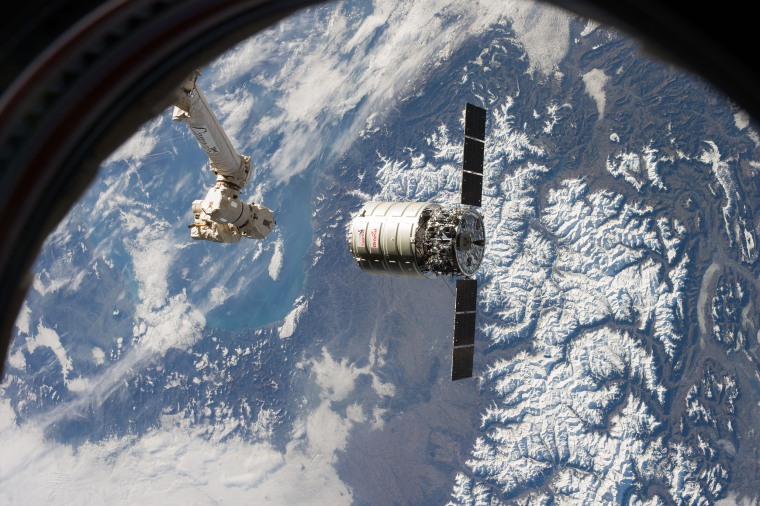
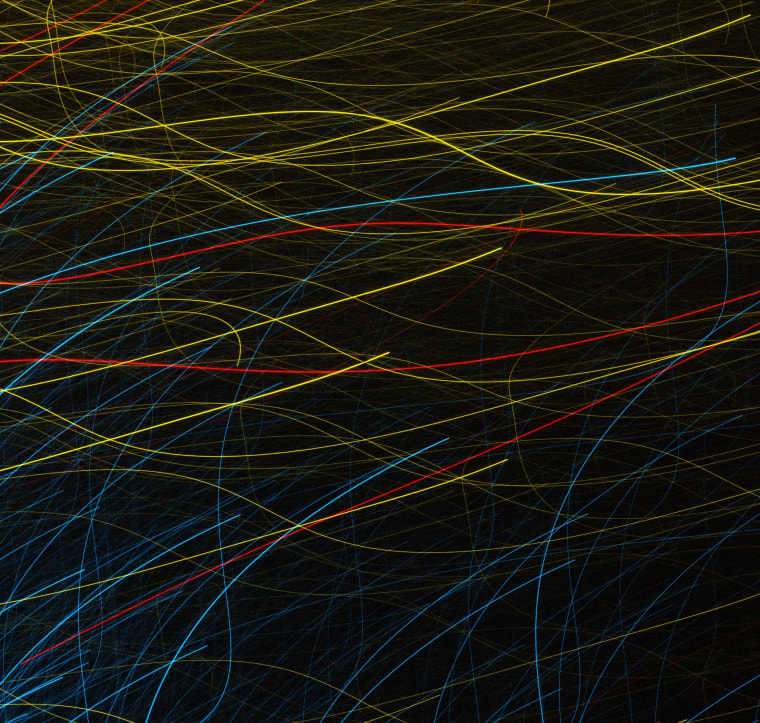
Accidental art
A piece of art? A time-lapse photo? A flickering light show? At first glance, this image looks nothing like the images we're used to seeing from the Hubble Space Telescope. But it's a genuine Hubble frame that was released on Jan. 27. Hubble's team suspects that the telescope's Fine Guidance System locked onto a bad guide star, potentially a double star or binary. This caused an error in the tracking system, resulting in a remarkable picture of brightly colored stellar streaks. The prominent red streaks are from stars in the globular cluster NGC 288.
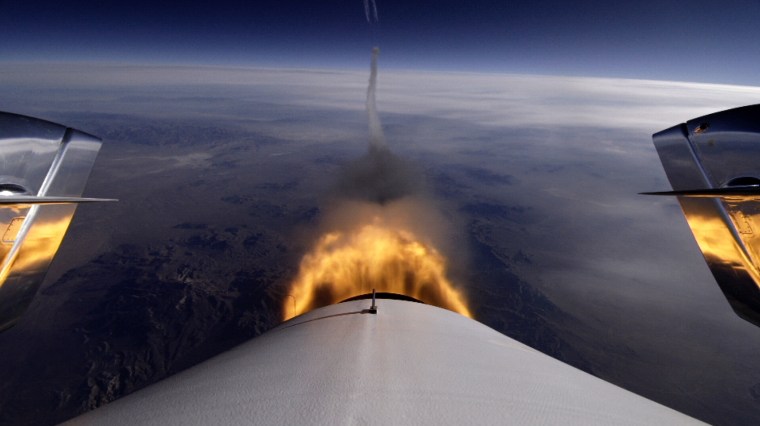
Supersonic test flight
A camera looking back over Virgin Galactic's SpaceShipTwo's fuselage shows the rocket burn with a Mojave Desert vista in the background during a test flight of the rocket plane on Jan. 10. Cameras were mounted on the exterior of SpaceShipTwo as well as its carrier airplane, WhiteKnightTwo, to monitor the rocket engine's performance. The test was aimed at setting the stage for honest-to-goodness flights into outer space later this year, and eventual commercial space tours.
•More about SpaceShipTwo on PhotoBlog
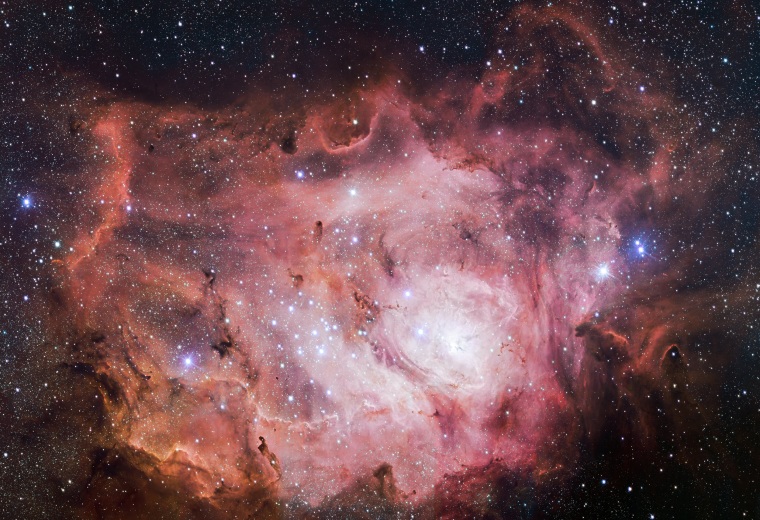
Red lagoon
The VLT Survey Telescope at the European Southern Observatory's Paranal Observatory in Chile captured this richly detailed new image of the Lagoon Nebula, released on Jan. 22. This giant cloud of gas and dust is creating intensely bright young stars, and is home to young stellar clusters. This image is a tiny part of just one of 11 public surveys of the sky now in progress using ESO telescopes.
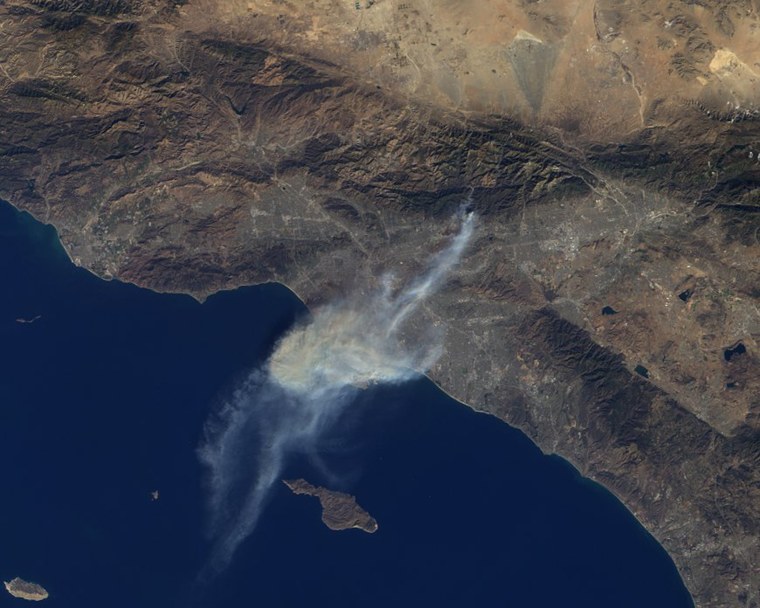
Fire on the mountain
This image provided by NASA shows a satellite view of smoke from the Colby Fire, taken by the Multi-angle Imaging SpectroRadiometer aboard NASA's Terra spacecraft as it passed over Southern California on Jan. 16. The fire burned more than 1,863 acres and forced the evacuation of 3,700 people.
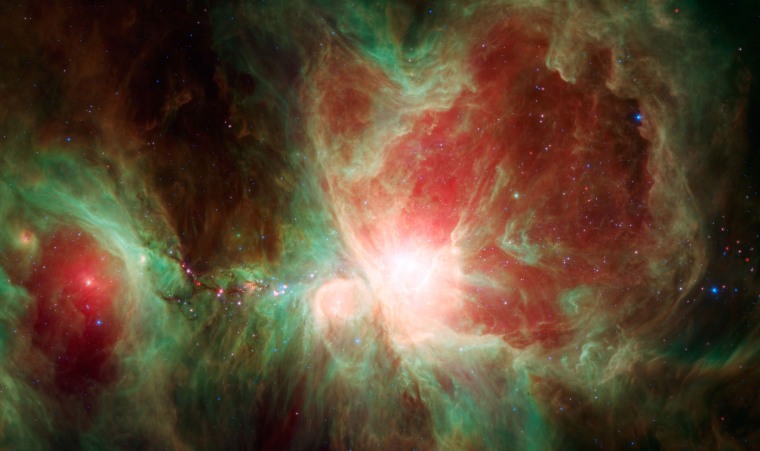
Where stars are born
An image captured by NASA's Spitzer Space Telescope shows the Orion Nebula, an immense stellar nursery some 1,500 light-years away. This false-color infrared view, released on Jan. 15, spans about 40 light-years across the region. The brightest portion of the nebula is centered on Orion's young, massive, hot stars, known as the Trapezium Cluster. But Spitzer also can detect stars still in the process of formation, seen here in red hues.
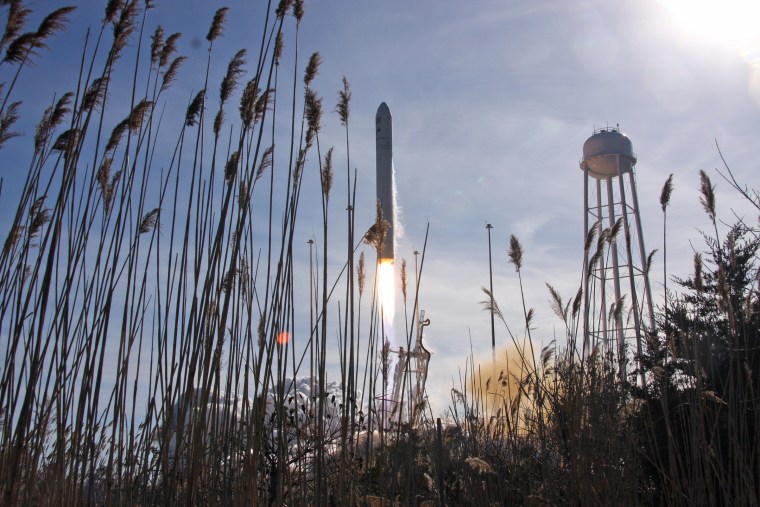
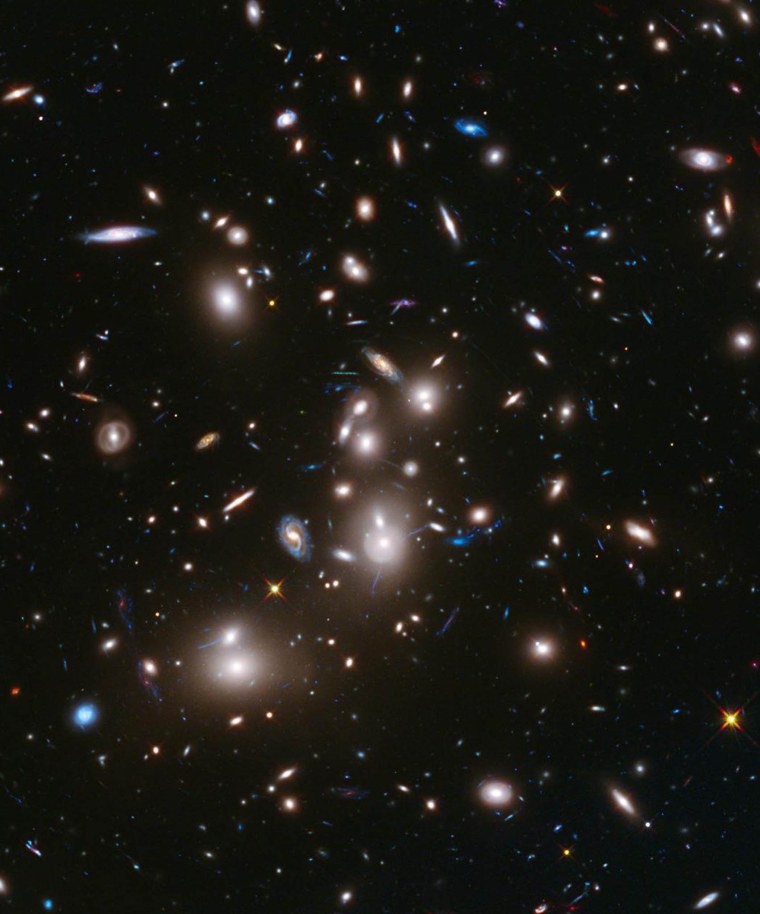
A long, long time ago...
This long-exposure picture from the Hubble Space Telescope, released Jan. 8, is the deepest image ever made of any cluster of galaxies. The cluster known as Abell 2744 appears in the foreground. It contains several hundred galaxies as they looked 3.5 billion years ago. Abell 2744 acts as a gravitational lens to warp space, brightening and magnifying images of nearly 3,000 distant background galaxies. The more distant galaxies appear as they did more than 12 billion years ago, not long after the Big Bang.
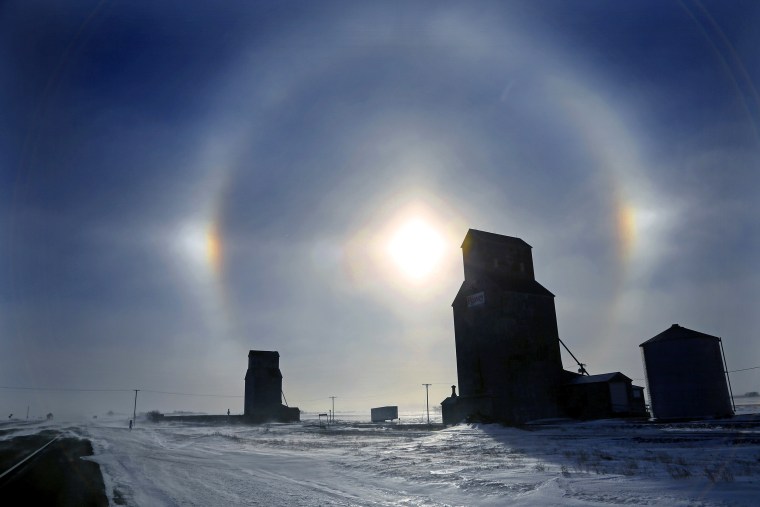
Frosty halo
Sun dogs are bright spots that appear in the sky around the sun when light is refracted through ice crystals in the atmosphere. These sun dogs appeared on Jan. 5 amid brutally cold temperatures along Highway 83, north of Bismarck, N.D. The temperature was about 22 degrees below zero Fahrenheit, with a 50-below-zero wind chill.
•Slideshow: The Year in Space